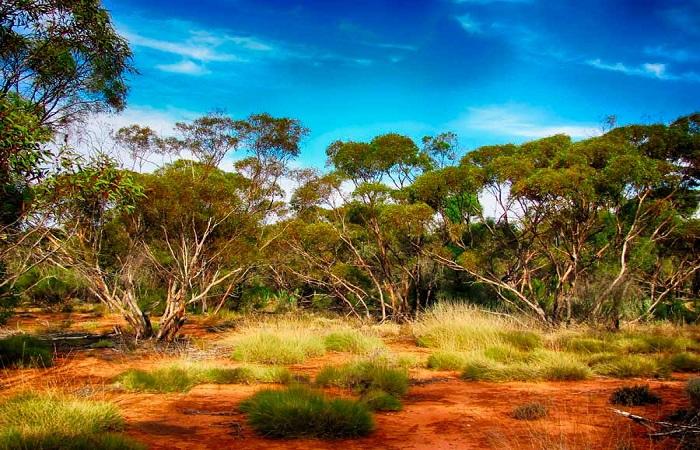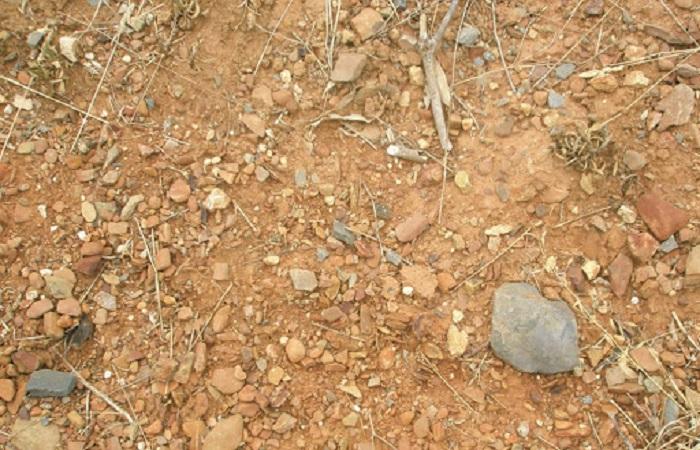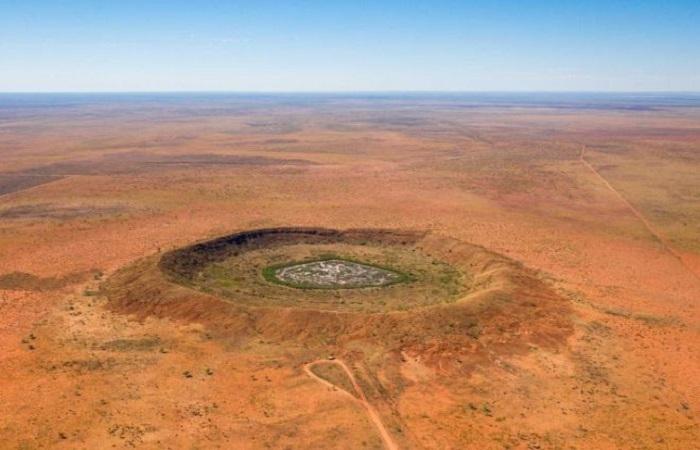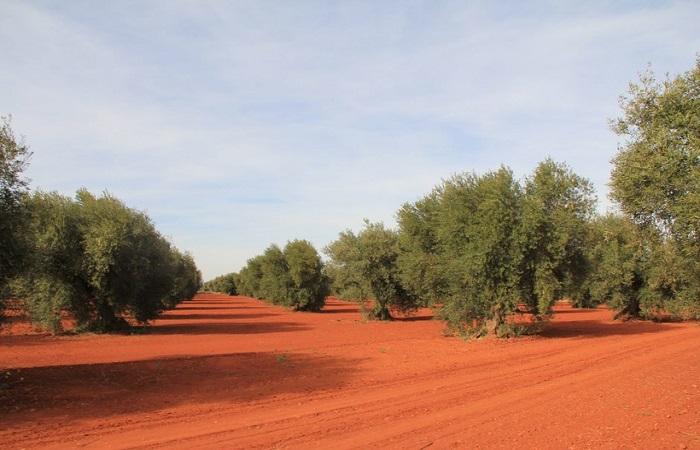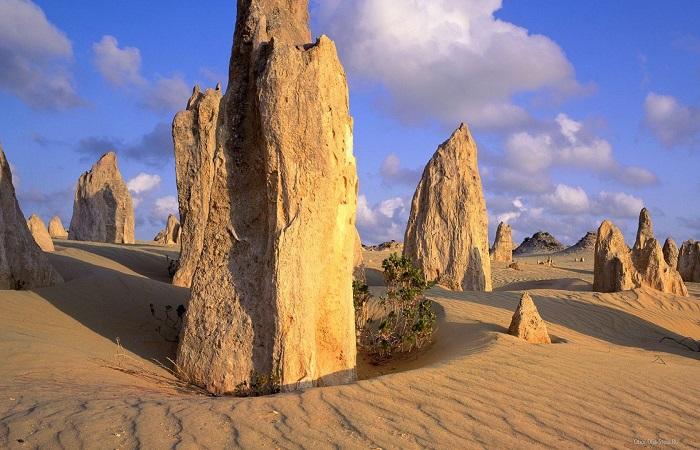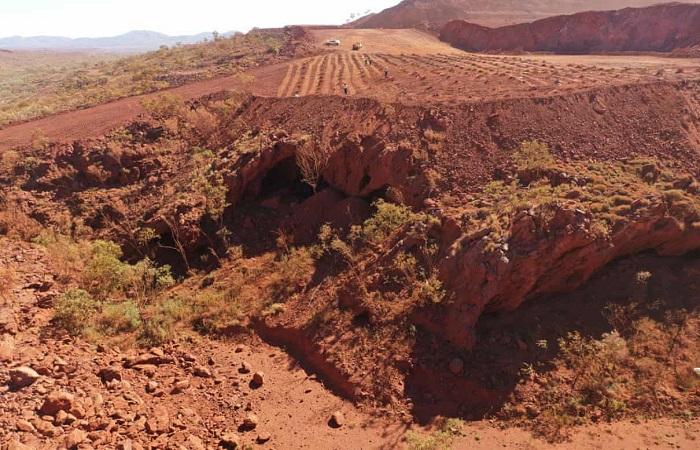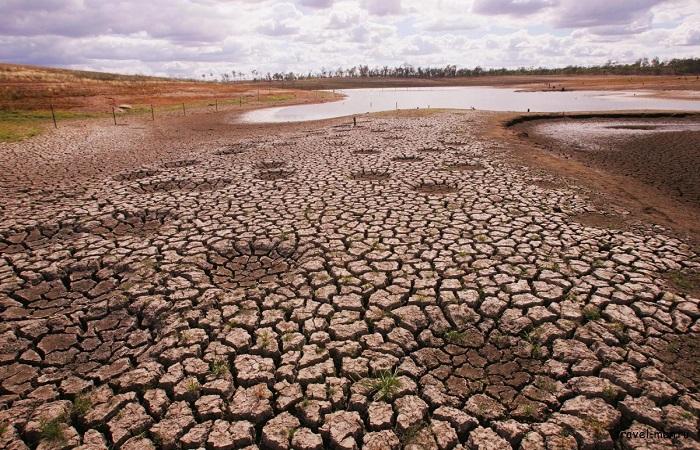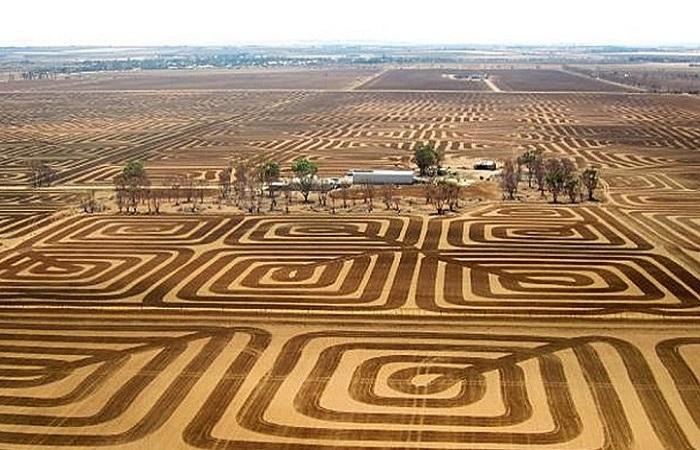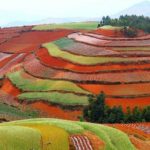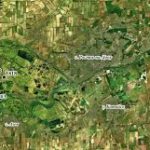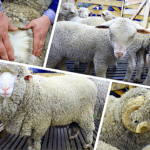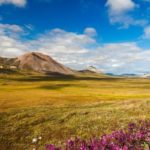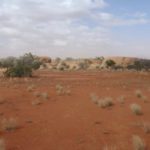Australia, as an ancient continent, has not only unique flora and fauna, but also soils. The country contains relict soils; there are contrasts in the arrangement of Australian soils - on the mainland you can find both highly moist and dry soils. Let's look at the features of the predominant and most common Australian soils.
Peculiarities
The position in the areas of distribution of types of Australia indicates that its soils are represented by species that are found in the subtropical, tropical and subequatorial zones.Due to the complex circulation of atmospheric air and fluctuations in the volume of precipitation, the soil zones on the Australian mainland are located concentrically.
In most of the continent there are tropical species; south of 30° latitude they become subtropical. The soil cover also changes regularly from the north, from subequatorial regions, to the south, to subtropical regions.
In the center of the continent, in semi-deserts and deserts, there are mainly primitive sandy structureless soils. The Western Australian Highlands consists of gravelly soils and sands. On the plains in the center there are mainly semi-clayey and clayey soils. Near the lakes of the Central Basin, the ground is saline. In the east, west and north, the deserts turn into semi-desert and savanna red-brown and red.
To the east and north, with increasing humidity and altitudinal zones, the soils turn into red-yellow; to the southeast and southwest - into gray-brown and brown, which change to red-brown near the Great Dividing Range. North of 28° latitude, mountain laterite soils are formed. Chernozems are found in mountain valleys. The mountain slopes are covered with red soils and yellow soils, yellow-brown forest soils, the mountain peaks are covered with mountain meadow soils. The map of Australia shows that land suitable for agricultural use occupies up to 60%.
What soils are most common in Australia?
Despite the diversity of soil types, some occupy larger areas than others. Let's consider their location and features.
Red-brown
Red-brown and brown soils stretch alternately from tropical semi-deserts in the west to the Indian Ocean, in the east and north - to savannas and woodlands.In terms of mechanical composition, these are clays and loams, red-brown and have the characteristic color of red brick. The top layer extends 20 cm deep and consists of minerals and humus. It has a fairly thick humus layer, similar to chernozem, which is why the red-brown soils have a high degree of natural fertility.
Ferrallitic red soils
Distributed in the north of the continent, in the zone of constantly humid forests. This type of soil acquires its red color due to the predominant iron oxides in their composition; it has a slightly acidic and acidic reaction. Ferrallitic red soils have a humus layer, which in savannah areas is 30-40 cm thick, contains up to 4% humus, with a predominance of fulvic acids, but is quite poor in nutrients.
Subtropical ferrallitic red soils are characterized by weathering and accumulation of kaolinite, hydrates of iron and aluminum oxides. They are dark red in color, with a good structure on rocks with an alkaline reaction, on rocks with an acidic reaction they are lighter, brick or red-yellow in color and not so structured. The upper horizon has a fine-lumpy structure, loose, breathable.
sand stone
About 44% of the Australian continent is occupied by deserts and semi-deserts. They are located in tropical and mainly subtropical climate zones.
The desert soils of Australia are diverse: in the center and in the north they are red-brown, in the southern part they are sierozem-like, and in the western they are desert soils. The Victoria and Great Sandy Deserts are covered with red sandy soils. Salt licks and salt marshes predominate in the southwest and near Lake Eyre. Sandy deserts occupy a third of the continent's area. 13% of Australia's dry land area is rocky desert. The foothills are occupied by large rocky deserts alternating with dry river beds. The deserts of the plains are plateaus located no higher than 0.6 km above sea level, they are located mainly in the west and cover 23% of dry areas.
Brown
They are colored brown, lightening with depth, and are saturated with calcium, the content of which in the upper layer is at the level of 90%. The composition is dominated by clay; brown soils are usually neutral in acidity. Most of this land is fertile and has a deep humus layer.
Brown soils are formed under hard-leaved shrub vegetation and forests with evergreen trees, under the forbs of meadows and steppes.
Brown
They are characterized by a small thickness of the humus layer; the percentage of humus it contains is 5-7%. Brown soils are characterized by normal or slightly acidic acidity in the upper horizons, and slightly alkaline in the lower ones. In terms of the accumulation of nutrient minerals, the profile is quite uniform, since in brown soils the predominant type of water regime is leaching.
Application
For the most part, Australian soils are infertile; they are deficient in nitrogen and especially phosphorus and microelements, even in tropical zones where there is sufficient rainfall.It is possible to obtain a harvest from such soils only after cultivation and constant application of fertilizers, mainly organic.
Warm-loving crops of tropical species are grown on lands suitable for agricultural use.
Lands formed in humid conditions occupy only 5% of the continent's territory. They are located within a zone located at a distance of 160 to 640 km from the coast, in the east and southeast.
The most fertile are black soils located in northern New South Wales and southern Queensland. The lands are actively used for growing cereals, corn and sorghum, in humid areas, and as pastures in moderately dry areas.
The red-brown and brown soils of New South Wales and Victoria are home to cereals, especially wheat, and some of it is pasture.

